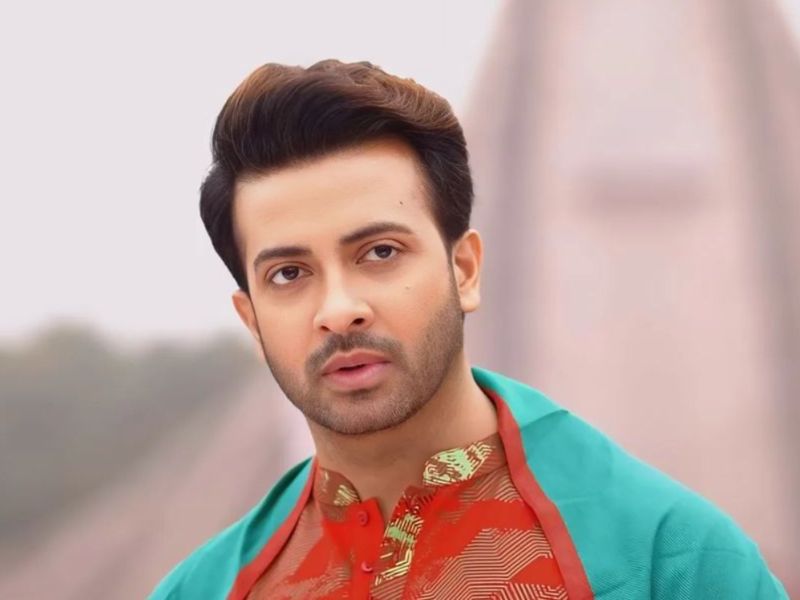Samsung Unveils New ISOCELL Vizion Sensors Designed for Robotics and XR Applications

ISOCELL Vizion 63D, a time-of-flight device, captures high-resolution 3D images.
The ISOCELL Vizion 931, a world-class shutter sensor, captures the dynamic moment with clarity and precision.
Samsung Electronics, the global leader in advanced semiconductor technology, today introduced two new ISOCELL Vizion sensors – the time-of-flight (ToF) sensor, ISOCELL Vizion 63D and the global sensor, ISOCELL Vizion 931. The first was launched in 2020, the Samsung line of ISOCELL Vizion includes ToF and global shutters designed to provide vision for a wide range of next-generation, commercial and industrial applications.
“Made with the most advanced technologies, Samsung’s ISOCELL Vizion 63D and ISOCELL Vizion 931 will be essential in controlling machine vision for future advanced applications such as robotics and augmented reality (XR),” said Haechang Lee, Executive Vice President. President of the Next Generation Sensor Development Team at Samsung Electronics. “Using our extensive history of technological innovation, we are committed to leading the rapidly growing digital sensor market forward.”
ISOCELL Vizion 63D: Designed for High Definition 3D Imaging with Exceptional Detail
Similar to how bats use echolocation to navigate in the dark, ToF sensors measure distance and depth by calculating the time it takes for light to travel to and from an object.
In particular, Samsung’s ISOCELL Vizion 63D is a small ToF (iToF) device that measures the phase shift between the light it emits and reflects to sense surroundings in three dimensions. With exceptional accuracy and clarity, the Vizion 63D is ideal for industrial robots as well as XR devices and facial recognition where large measurements and depth are important.
The ISOCELL Vizion 63D is the industry’s first iToF sensor with a hardware image processor (ISP). With this new single-device design, it can effectively capture 3D depth without the need for another chip, resulting in a 40% reduction in power consumption compared to previous ISOCELL Vizion 33D devices. The sensor can also process images up to 60 frames per second in QVGA resolution (320 × 240), which is the most important format used in commercial and industrial markets.
Based on the smallest pixel size of 3.5㎛ in iToF sensors, the ISOCELL Vizion 63D achieves a high resolution Video Graphics Array (VGA) (640 × 480) within a 1/6.4″ form factor, making it suitable for desktop, on – on-the-go devices.
Thanks to the back scattering technology (BST) that improves light absorption, the Vizion 63D sensor boasts the industry’s highest coverage, up to 38% at the light infrared wavelength of 940 nanometers (nm). This improves light sensitivity and reduces noise, making the image sharper and less blurry.
In addition, the ISOCELL Vizion 63D supports both flood (high intensity at a short distance) and light (long) modes, increasing its measurable distance from the five meters that introduced it to 10.
ISOCELL Vizion 931: Prepared to Handle High Power Flows Without Disruption

ISOCELL Vizion 931 is a universal shutter sensor designed for fast movement without the “jello effect”. Unlike shutter sensors that scan the event line by line from top to bottom “around”, global shutters capture all events simultaneously or “globally,” similar to how the human eye sees them. This enables the ISOCELL Vizion 931 to capture sharp, stable images of moving objects, making it suitable for monitoring the movement of XR devices, sports systems, services and robotics and drones.
ISOCELL Vizion 931 designed in VGA format (640 x 640) which has more pixels in a smaller format, is good for iris detection, eye tracking and face and hand detection in head-mounted displays. devices such as XR headphones.
The ISOCELL Vizion 931 also achieves the industry’s highest efficiency, offering an impressive 60% coverage at the 850nm infrared wavelength. This was achieved by incorporating Front Deep Trench Isolation (FDTI) which places an insulating layer between the pixels for better absorption, including the BST method used in the ISOCELL Vizion 63D.
The Vizion 931 supports multiple dots that can connect up to four cameras to an application processor using a single cable. With minimal wiring required, the sensor offers great design flexibility for equipment manufacturers.
The Samsung ISOCELL Vizion 63D and ISOCELL Vizion 931 sensors are currently being shipped to OEMs around the world.








